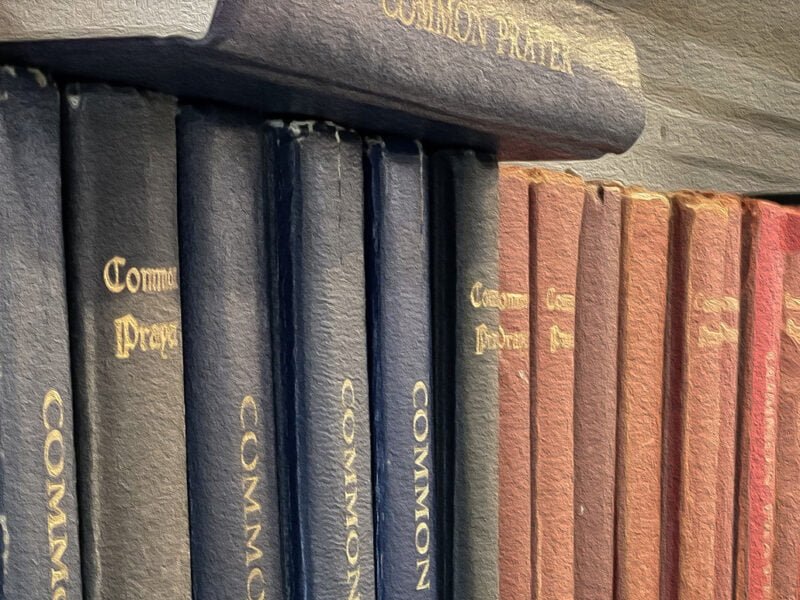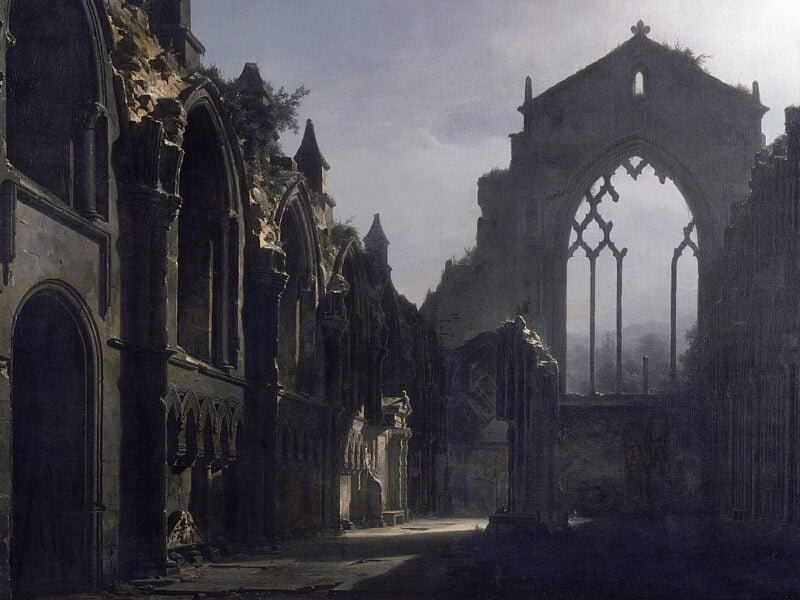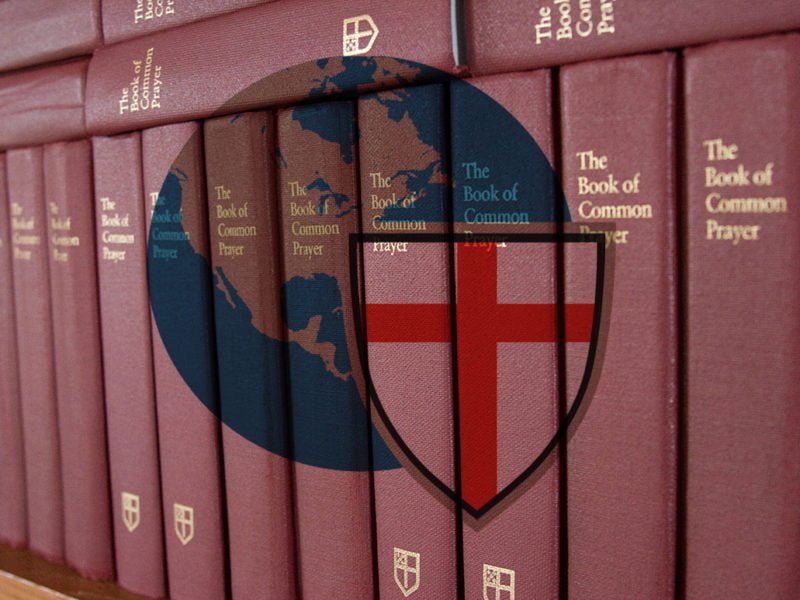Common Prayer
The Sanctus: Bigger on the Inside
O how sweetly the voices resound there when all the Holy Ones sing the praises of God saying: sanctus Thus we also praise the Lord on earth whom the holy angels praise in the highest saying: sanctus You alone make clean from unclean cleanse us, as long as we are in the world because you…
The 1928 and Cranmer’s Shape
As I have noted previously, Cranmer’s Eucharistic liturgy of 1552 had a distinctive shape – Law-Gospel-Repentance-Supper-Thanksgiving – which was retained for most Anglican rites down to the middle of the twentieth century. The main, and for almost two hundred years the only, exception was that of the Scottish Episcopal Church, which was a hybrid of…
There Is No Traditionalist Liturgical Revival Happening—Yet
There is a very popular narrative you will hear among young Christians—that the millennial and zoomer generations have embarked on an effort to return the Christian Church to its former glory, overthrow the stagnant failures of contemporary Protestantism and vernacular Catholicism, and reaffirm the older ways of Traditional Christianity. They claim that there is a…
In Praise of 1552: a High Church appreciation
The Book of Common Prayer 1552: it is the bête noire of Anglican liturgy. Frere famously declared that with it “English religion reached its low water mark.”[1] Dix damned it with the most horrible imprecation he could summon: Zwinglian.[2] We all know, of course, that to be High Church means always choosing 1549 over 1552….
Seabury and the Scottish Liturgy
It will soon be the anniversary of the consecration of the first American bishop, 14 November, which prompts reflection on the effects of that momentous occasion. Samuel Seabury of Connecticut received episcopal orders from three Scottish bishops — Primus Robert Kilgour, Arthur Petrie, and John Skinner — on 14 November 1784, the Twenty-Second Sunday after…
Why I’m No Longer (as) Grumpy About BCP2019
Unless folks have been on an extended vacation from social media, regular readers of The North American Anglican will be aware that the Anglican Church in North America (ACNA) has finally released their long-awaited Book of Common Prayer (2019) (BCP2019). Since its release it has received both well-deserved praise and well-deserved criticism. Regular readers may…
Response to Jefferies: 1662BCP a norm for ACNA?
On Beeson Divinity School’s Anglican podcast, Gerald McDermott recently interviewed Ben Jefferies, Secretary of the ACNA liturgical committee. McDermott and Jefferies discuss the ACNA’s 2019 Prayer Book. Jefferies’s characterization of the new book leaves me bewildered. A centerpiece of the discussion is the normativity of the 1662 Book of Common Prayer. Jefferies calls it the…
A Liturgical Bait-and-Switch?
I have long considered myself something of a liturgy nerd. I remember as a young child comparing various sections of the Episcopal 1979 Prayer Book and wondering why we always prayed the Nicene Creed on Sunday and never the Apostles’ Creed. When I was returning to the Anglican tradition as an adult, a significant part…
The Center of Gravity in Cranmer’s Communion Liturgy
Where is the center of gravity in Cranmer’s Order for the Lord’s Supper (of 1552, Cranmer’s final version of the Communion liturgy) and to what extent does the 1928 American Prayer Book affect or move this center? Before beginning, let me clarify my approach. The following observations represent the thinking of someone steeped in the…








